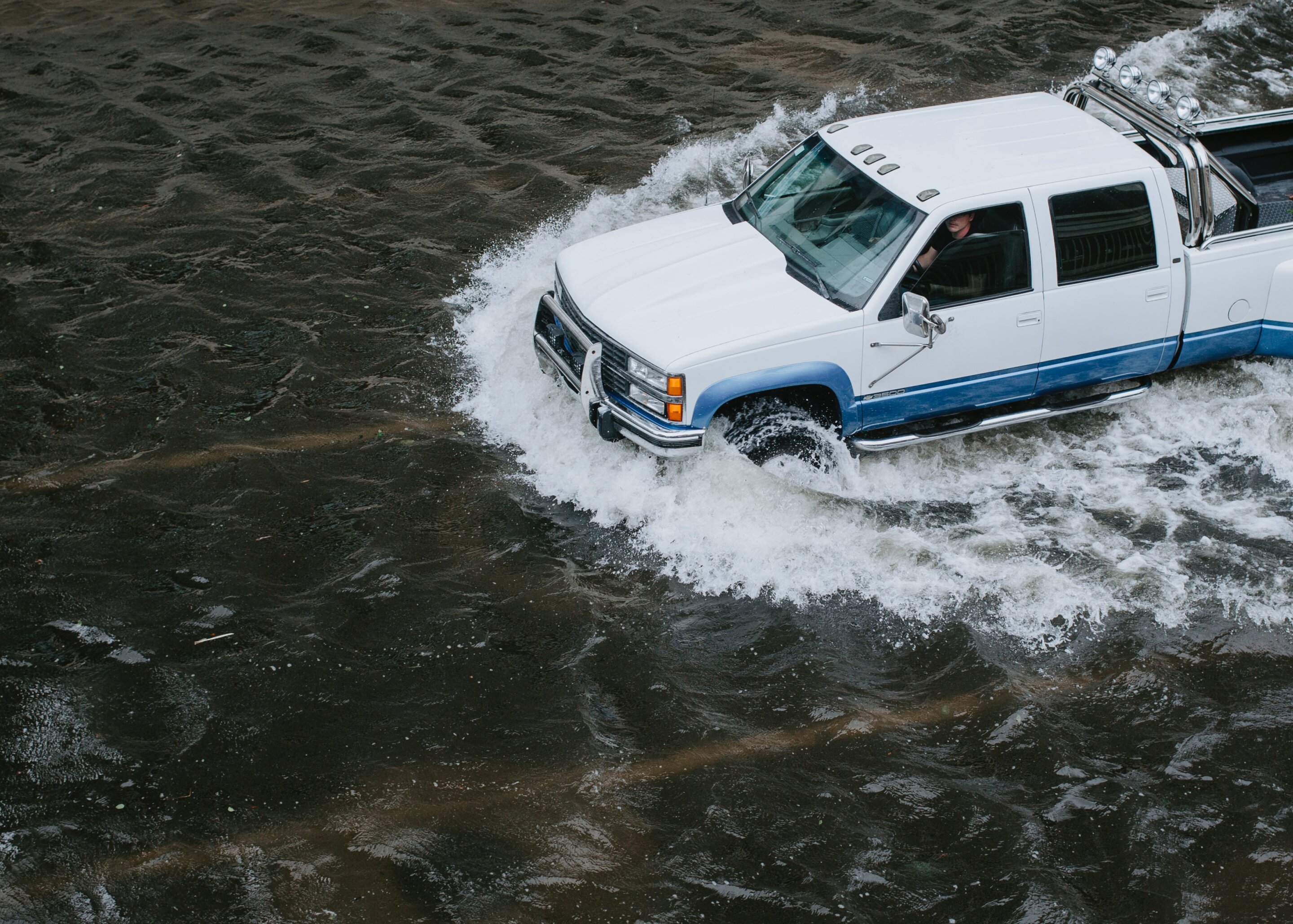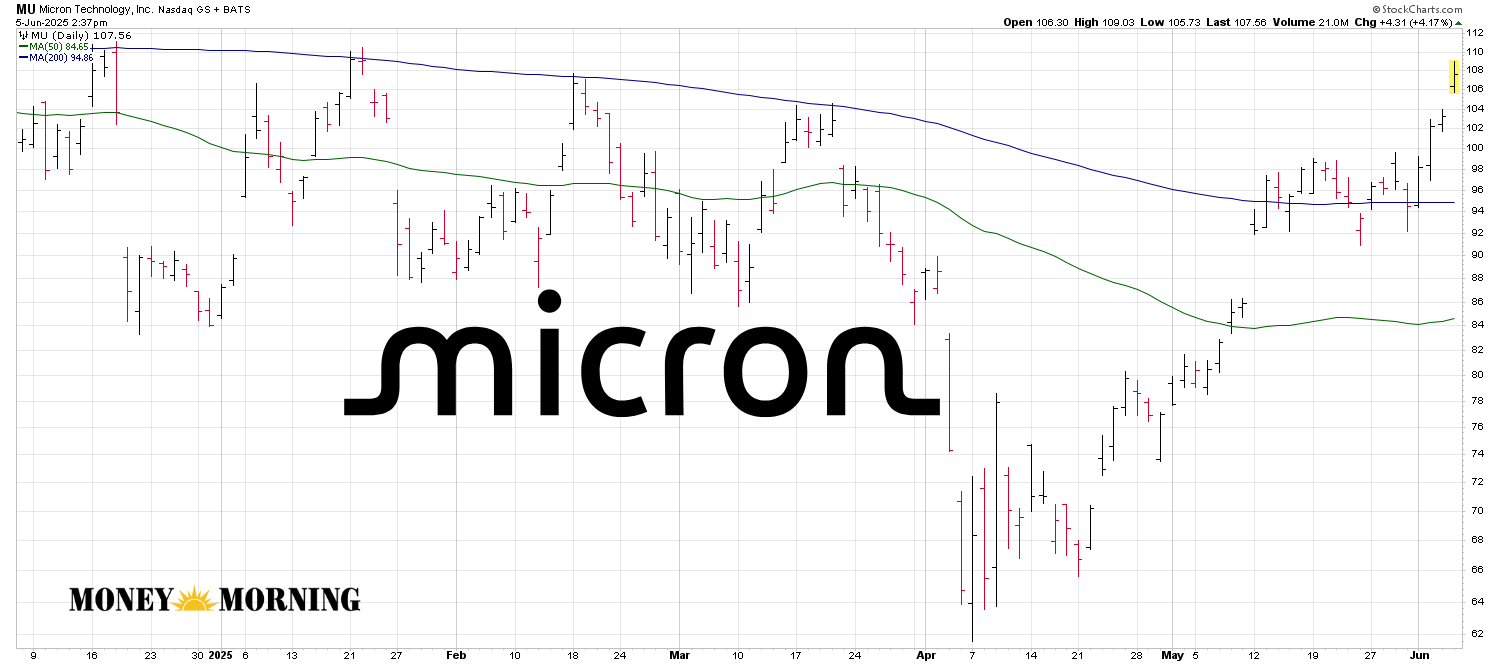Protecting Communities: How Advanced Tech is Revolutionizing Levee Inspections

For millions of Americans, earthen levees stand as a vital line of defense against devastating floods. These structures safeguard homes, businesses, and critical infrastructure, protecting approximately 23 million people across the United States. However, the health and integrity of these essential systems are paramount, and ensuring their reliability requires constant vigilance and sophisticated assessment.
The recent 2025 Report Card for America's Infrastructure, published by the American Society of Civil Engineers (ASCE), delivered a sobering assessment: the nation's levees received a grade of D+. This highlights the urgent need for improvements in inspection practices and infrastructure maintenance. Traditional levee inspection methods, often relying on manual surveys and visual assessments, are time-consuming, costly, and can miss subtle signs of deterioration.
Fortunately, a wave of advanced technologies is transforming how we inspect and maintain these crucial flood control systems. Let's explore some of the groundbreaking innovations:
- Drones with High-Resolution Imagery: Drones equipped with advanced cameras and sensors can rapidly survey levee surfaces, capturing detailed images and videos. These aerial surveys allow engineers to identify potential issues like erosion, cracks, and vegetation overgrowth with greater speed and accuracy than traditional ground-based methods. Orthomosaic maps and 3D models generated from drone imagery provide a comprehensive view of the levee’s condition.
- Ground-Penetrating Radar (GPR): GPR technology uses radar pulses to image the subsurface of levees, detecting voids, settlement, and changes in soil composition. This non-destructive technique can reveal hidden weaknesses that might not be visible on the surface, allowing for targeted repairs and preventative maintenance.
- LiDAR (Light Detection and Ranging): LiDAR uses laser beams to create highly accurate 3D models of levees. These models can be used to monitor changes in levee geometry over time, identify areas of deformation, and assess the impact of flood events.
- Satellite-Based Monitoring: Satellites provide a broad perspective on levee conditions, allowing for large-scale monitoring of vegetation health, surface water changes, and potential erosion patterns. Synthetic Aperture Radar (SAR) data, in particular, can penetrate cloud cover, providing consistent imagery regardless of weather conditions.
- Artificial Intelligence (AI) and Machine Learning (ML): AI and ML algorithms can analyze the vast amounts of data collected from drones, GPR, LiDAR, and satellites to automatically identify anomalies and predict potential failures. This allows engineers to prioritize inspections and allocate resources more effectively.
The integration of these technologies offers significant advantages. Improved data collection leads to more accurate assessments, enabling proactive maintenance and reducing the risk of catastrophic failures. Cost savings are realized through increased efficiency and reduced labor requirements. Ultimately, these advancements contribute to safer and more resilient communities.
Looking ahead, the continued development and adoption of these advanced technologies are crucial for ensuring the long-term integrity of our nation’s levee systems and protecting the millions of Americans who depend on them. Investing in these innovations is an investment in the safety and prosperity of our communities.






